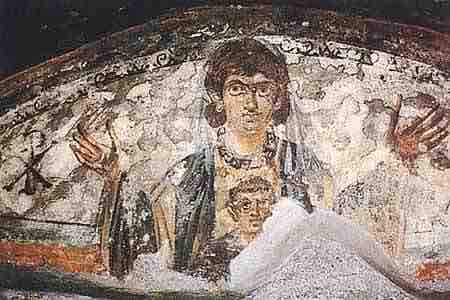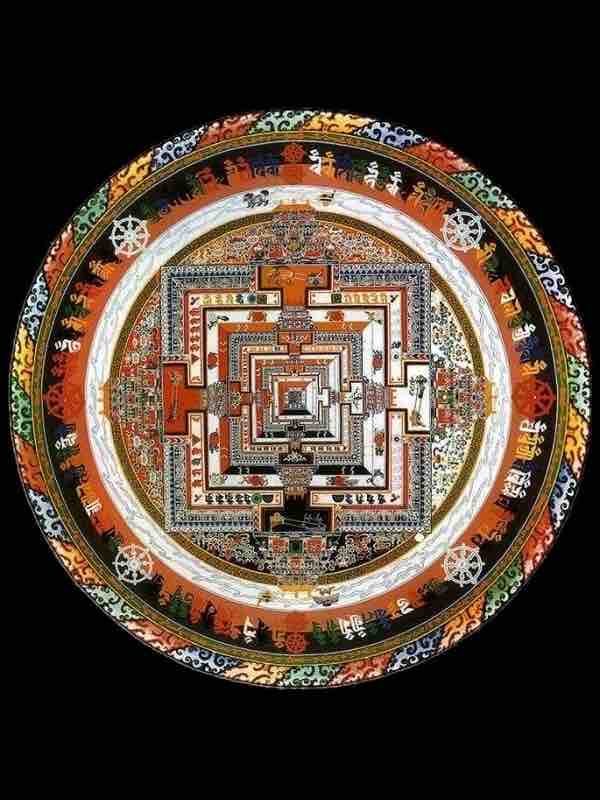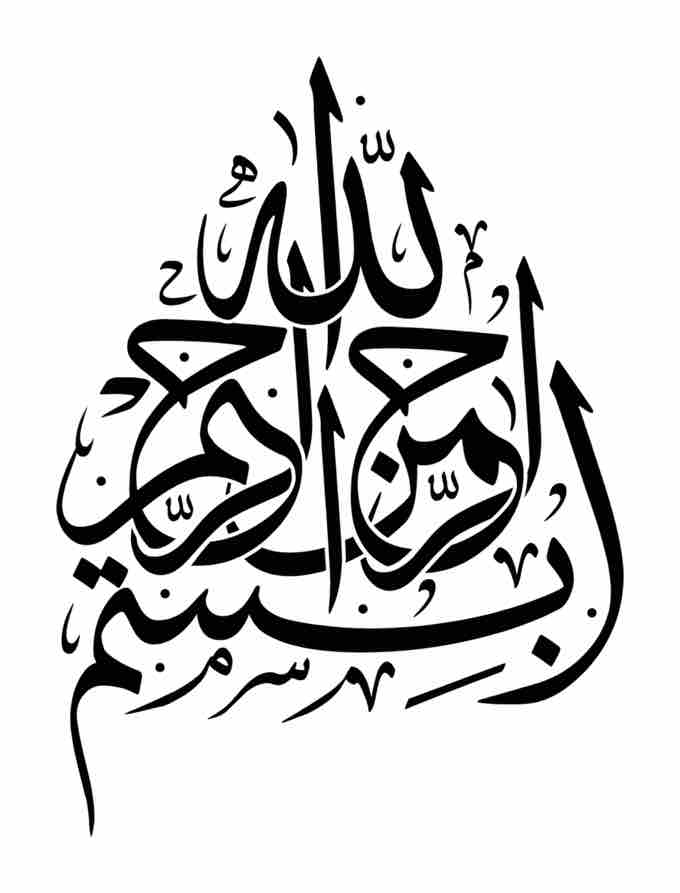Religious art is art that makes use of religious inspiration and/or motifs. It is often intended to uplift the mind to the spiritual or communicate the principles of the religion. While incredibly large and varied individually, we can identify certain elements that Christian, Buddhist, and Islamic artistic traditions have used to express the tenets of their beliefs using symbolism, ritual, iconoclasm, and authorship.
Christian Art
Christian art is typically produced in order to illustrate the various principles and narratives of the religion. Throughout time, most Christian sects have used art to some extent, though there have been definite periods of iconoclasm within the history of the religion. Most Christian art alludes to themes that are familiar to a practicing Christian, such as the Virgin Mary holding the baby Jesus or the crucifixion. While Christianity is a monotheistic religion, Christians believe God is triune, meaning that the three persons of the Trinity (Father, Son, and Holy Spirit) are in one union in which each figure is also wholly God. Most Christian art focuses on Jesus, particularly at the Crucifixion or stories from the Bible, while the Holy Spirit is often depicted as a dove or tongue of fire. God as the Father of Jesus is rarely visually depicted.
Christianity has historically made use of an elaborate iconographic system, whereby each saint is associated with a particular object or animal. For example, Saint Peter is depicted with keys and Saint Patrick is depicted with a shamrock in order to quickly convey narratives to potentially illiterate audiences.

Virgin and Child. Wall painting from the early catacombs, Rome, 4th century.
One of the most common Christian themes is that of the Virgin Mary holding the infant Jesus.
Buddhist Art
Buddhist art originated on the Indian subcontinent following the historical life of Siddhartha Gautama, also known as Gautama Buddha, in the sixth to fifth century BCE, evolving via contact with other cultures as it spread throughout Asia and the world. Buddhist art followed believers as the dharma spread, adapted, and evolved in each new host country. It developed to the north through Central Asia and into Eastern Asia to form the Northern branch of Buddhist art and to the east as far as Southeast Asia to form the Southern branch of Buddhist art. In India, Buddhist art flourished and even influenced the development of Hindu art, while Tibetan Buddhist art was created as a meditation practice. An important example of Tibetan meditation art is the sand mandala, made and used by monks for meditation.
Thematically, Buddhist art is typically comprised of devotional works depicting mythology and narratives associated with the Buddha and bodhisattvas. There is great variation in the types of Buddhist art as the religion is so vast. Some Buddhist art contains animist themes, meaning the depiction of natural elements (animals, nature, earth) as spiritual entities. The creation of art has traditionally been considered both a meditation itself, as well as a method to produce an object to aid others in meditation. Works are rarely, if ever, signed by the artist or group of artists, as the art-making process is considered sacred and communal.

Sand mandala
An example of Tibetan meditation art is the sand mandala, made by monks and used in meditation.
Islamic Art
Islamic art prohibits representational images in religious art, and evolved to be comprised mainly of calligraphic decorations and repetitive geometric patterns. Intended to express the ideals of order and of nature, these geometric patterns are used to adorn religious architecture, carpets, manuscripts, and other art objects. Sacred Islamic art reflects a worldview focused on spiritual essence as opposed to physical form.
Calligraphy is the most highly regarded and most fundamental element of Islamic art. The employment of calligraphy as ornament had a definite aesthetic appeal but often also included an underlying talismanic component. Geometric patterns make up one of the three non-figurative types of decoration in Islamic art, which also includes calligraphy and vegetal patterns. Abstract designs not only adorn the surfaces of monumental Islamic architecture but also function as the major decorative element on a vast array of objects of all types.

Islamic calligraphy
Eighteenth century writing in Ottoman calligraphy, depicting the phrase "In the name of God, Most Merciful, Most Gracious".